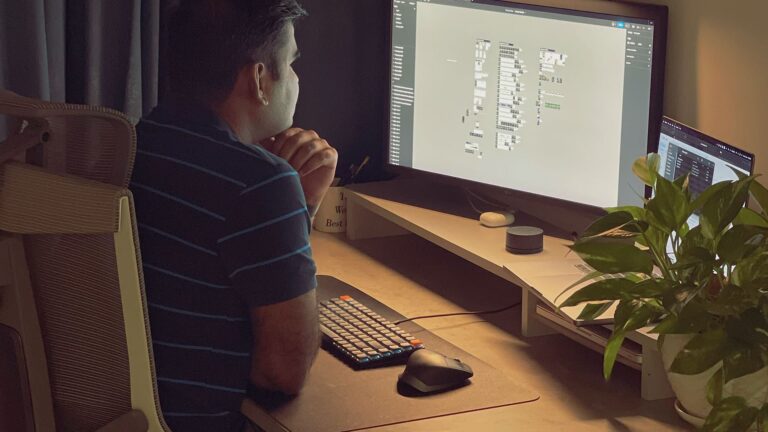Have you ever felt like a magician? Clients come to us with their visions, and we’re expected to conjure something spectacular. But what if I told you that the real magic isn’t in creating pretty designs? It’s in solving problems.
Clients don’t just need us to make things look nice, they need us to unravel their challenges and figure out what’s missing. They bring puzzles to solve, not just ideas.
Let’s explore why understanding the root of their problems is the key to delivering real value – and how you can apply this mindset to your work today.
Understanding the problem: What are clients really seeking?
When a client shares their idea, it’s essential to look beyond the surface. Often, they aren’t aware of the deeper issues they face.
For example, a restaurant owner might ask for a flashy new website. But the real problem might be a lack of customer engagement or poor online reservations.
By understanding this, you can create a solution that not only looks great but also drives real results.
Actionable Step: Always start with questions. Instead of jumping straight into design, ask your clients what challenges they’re facing. Use open-ended questions like, “What specific outcomes are you hoping to achieve?” This can lead to insights that shape your approach.

The value of listening: Digging deeper
Listening is more than just hearing words, it’s about understanding the intent behind them. Clients might present their ideas confidently, but sometimes they lack clarity on what they truly need.
Take, for example, a startup that wants a new logo. Instead of just creating a design they think looks cool, dig into their brand values and target audience. By doing so, you might uncover that their real problem is brand recognition among their audience.
According to a study by the Nielsen Norman Group, usability testing can reveal user behavior that can be crucial in defining design direction. So, invest time in understanding user needs!
From ideas to results: The real value proposition
Clients often come with ideas because they see the potential for something great.
However, what they genuinely want is the outcome – be it increased sales, improved user experience, or brand loyalty.
Common Challenge: Many designers feel pressured to execute client ideas exactly as presented. But remember, your expertise lies in transforming those ideas into effective solutions.
Early in my freelancing journey, a client insisted on a complex design for their website. I took a step back and asked more questions. By the end of our discussion, it became clear that their target audience struggled with navigation.
Together, we simplified the design and, as a result, improved user engagement significantly. It was a valuable lesson in prioritizing problem-solving over simply following directives.
The future of design problem-solving
As our industry evolves, the need for designers who can navigate challenges will only increase. With the rise of AI and automation, clients will need our human touch more than ever. Those who can delve into problem-solving will differentiate themselves in a crowded market.
I foresee a future where successful designers not only create beautiful visuals but also act as strategic partners in their clients’ journeys. Embrace this shift, and you’ll be more than just a designer, you’ll become a problem-solver.
The real work begins
Next time a client approaches you with an idea, remember:
They don’t want more concepts. They want solutions that lead to results. Your value lies in your ability to uncover the real problems they face and craft designs that address those issues.








